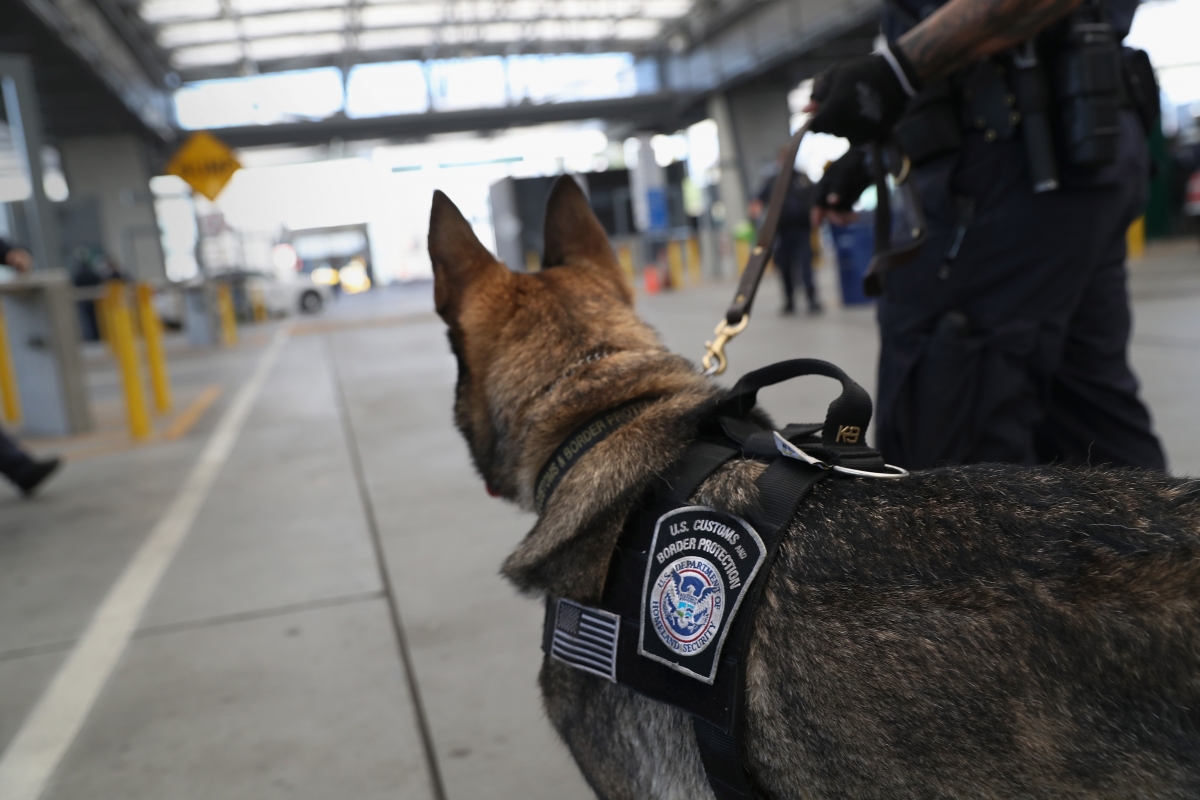

Better-quality evidence of the impacts of dog populations on community health and well-being, and broad community support are needed to reshape public debates on animal control, which, ultimately, will promote more effective approaches to mitigate dog-related public health risks at the human–animal–environment interface.ĭomestic dogs and humans are companion species-everywhere people reside in large numbers, dogs do too. Placing responsibility on governments limits opportunities for greater community involvement in developing integrated One Health approaches. The public health impacts of free-living dog populations in Australia have complex causes that intersect at the nexus between human and canine behaviour, agricultural and land management practices, local bylaws, and efforts to conserve ecological systems. Our analyses indicate that reporting in Australian newspapers tends to frame the public health impacts of free-living dogs as problems of public order requiring direct government action to re-establish control.

To identify ideas in public circulation about the impact of unrestrained and free-living dogs on human health and well-being, and understand the framework through which these animals are problematised and solutions are proposed in public discourse, we systematically examined coverage of these issues in print media. Values pluralism and a lack of sustained community engagement in affected areas have meant that the outcome of such efforts to date has been mixed. Public health authorities, local governments, and community organisations have called for transdisciplinary partnerships to address dog-related health risks with a sustainable long-term approach.

Urban expansion and regional migration mean that risks associated with contact between humans and free-living dogs are increasing. In Australia, free-living dog populations are comprised of domestic dogs, dingoes, and dog–dingo hybrids, and are described using various terms (for example, stray or community), depending on social or geographic context.

That dogs can live and breed as free-living animals contributes to public health risks including zoonotic transmission, dog bites, and compromising people’s sense of safety in public spaces.


 0 kommentar(er)
0 kommentar(er)
